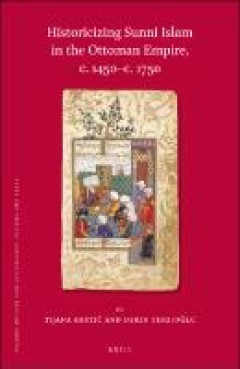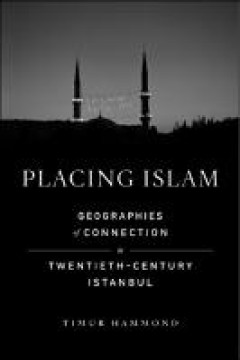Ditapis dengan

Historicizing Sunni Islam in the Ottoman Empire, c. 1450-c. 1750
Articles collected in Historicizing Sunni Islam in the Ottoman Empire, c. 1450–c. 1750 engage with the idea that “Sunnism” itself has a history and trace how particular Islamic genres – ranging from prayer manuals, heresiographies, creeds, hadith and fatwa collections, legal and theological treatises, and historiography to mosques and Sufi convents – developed and were reinterpreted …
- Edisi
- -
- ISBN/ISSN
- 9789004440296
- Deskripsi Fisik
- 547p
- Judul Seri
- Islamic History and Civilization
- No. Panggil
- -

Placing Islam : Geographies of Connection in Twentieth-Century Istanbul
For centuries, the Mosque of Eyüp Sultan has been one of Istanbul’s most important pilgrimage destinations, in large part because of the figure buried in the tomb at its center: Halid bin Zeyd Ebû Eyûb el-Ensârî, a Companion of the Prophet Muhammad. Timur Hammond argues here, however, that making a geography of Islam involves considerably more. Following practices of storytelling and bu…
- Edisi
- -
- ISBN/ISSN
- 978–0-520–38744-7
- Deskripsi Fisik
- xxv, 231p
- Judul Seri
- Islamic Humanities
- No. Panggil
- -
 Karya Umum
Karya Umum  Filsafat
Filsafat  Agama
Agama  Ilmu-ilmu Sosial
Ilmu-ilmu Sosial  Bahasa
Bahasa  Ilmu-ilmu Murni
Ilmu-ilmu Murni  Ilmu-ilmu Terapan
Ilmu-ilmu Terapan  Kesenian, Hiburan, dan Olahraga
Kesenian, Hiburan, dan Olahraga  Kesusastraan
Kesusastraan  Geografi dan Sejarah
Geografi dan Sejarah